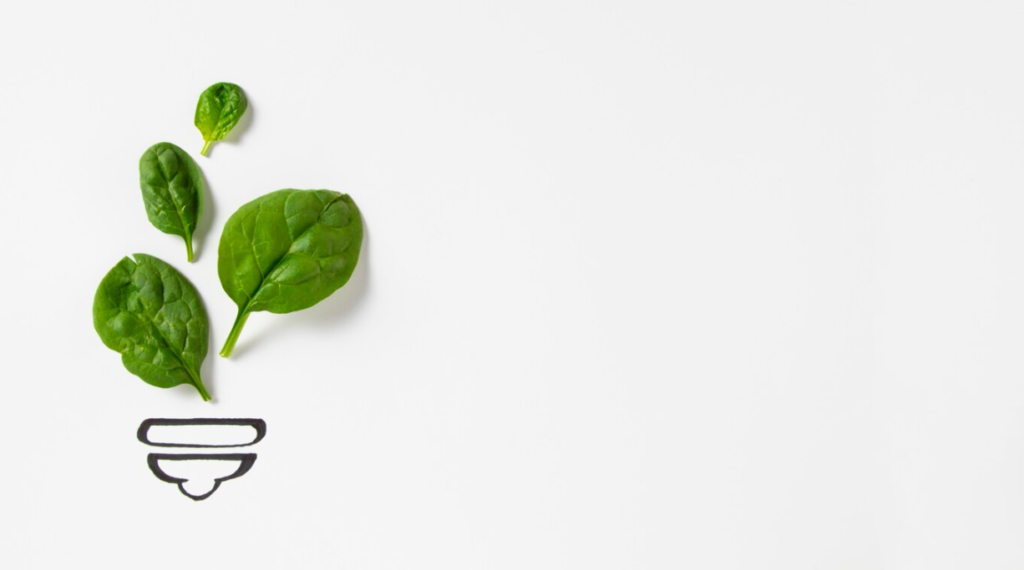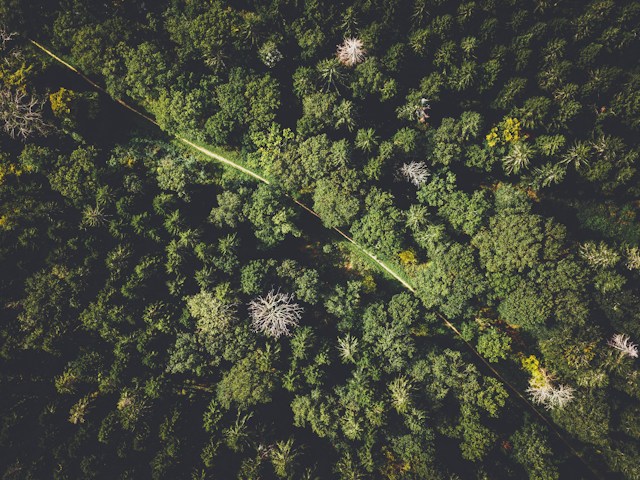In an era marked by increasing consumerism and environmental concerns, many individuals are seeking ways to reduce their ecological footprint while simplifying their lives. One approach that has gained traction is eco-minimalism, a philosophy that combines the principles of minimalism with a strong commitment to sustainability. In this article, we will provide a concise introduction to eco-minimalism, exploring its key concepts, benefits, and practical steps to incorporate it into your lifestyle.
Finding Sustainability in Minimalist Living
For those committed to embracing a sustainable lifestyle, the concept of minimalism has likely crossed their path—a way of life that prioritizes simplification while rejecting consumerism.
A personal journey into minimalism began during college years spent pursuing a degree in philosophy and sustainability. Like many, a cycle of purchasing unnecessary items for fleeting happiness and subsequent regret was experienced.
As clutter accumulated in the apartment, so did a sense of guilt. This guilt extended beyond wasted money, encompassing the environmental unsustainability of consumerist habits.
The day “The Life-Changing Magic of Tidying Up” was acquired on Audible and the decision to part with over half of possessions, destined for sale, recycling, or disposal, remains vivid in memory. It was undeniably a profoundly cathartic experience.
Choosing a simpler lifestyle not only facilitated a focus on genuine priorities but also initiated a transformative relationship with material possessions, propelling toward a more sustainable way of life.
Eco-Minimalism: A Sustainable Approach to Simplification
Each day, we face choices that wield the power to either contribute to or harm our planet, spanning from the products we acquire to the food we consume.
Approaching minimalism through an environmentally-conscious lens offers a seamless avenue for embracing sustainability by means of simplification.
Eco-minimalism takes the fundamental tenets of minimalism and reinterprets them through an eco-aware perspective.
Minimalism inherently embodies sustainability. Alongside adopting a plant-based diet, shunning consumerism ranks among the most potent steps we can take to benefit our planet.
While minimalism’s core aim revolves around reducing life’s clutter, eco-minimalism takes a deeper plunge, prioritizing transformation over mere reduction.
Within this article, you will be guided through the three essential principles of eco-minimalism, serving as a stepping stone for your journey towards a more sustainable way of life.
Streamline Your Lifestyle

The core principle of eco-minimalism hinges on embracing minimalism in its purest form. Simplifying your life brings forth numerous advantages. By shedding the unnecessary, you create room for the essentials. In my case, decluttering my apartment opened up newfound spaces for my cats to lounge comfortably. Minimalist living has gained mainstream popularity due to its positive impacts on finances, mental well-being, and time management.
Many embark on their minimalist journey by conducting a thorough inventory of their possessions. An effective approach to this is inspired by Marie Kondo’s philosophy of “sparking joy.” Essentially, you systematically assess each item in your home, asking yourself if it brings joy. If it doesn’t, it finds its way into the discard pile.
- This initial phase is an excellent starting point, revealing how many unnecessary items you possess that merely occupy space;
- While the urge to purge and discard half your belongings may be tempting, take extra time to explore options for selling or donating. Clothing, furniture, and even towels can find new homes rather than ending up in landfills;
- Once you’ve streamlined your physical possessions, the logical progression is to simplify the intangible aspects of your life. Consider your routines, relationships, or anything else that consumes your mental bandwidth.
For instance, during the morning routine audit, a couple identified an opportunity to eliminate their daily coffee shop visit by preparing cold brew in reusable mason jars. This action not only conserved time and money but also diminished waste by sidestepping single-use plastics.
Shop with Consideration
When you conduct an audit of your ecological footprint, you’ll observe that the majority of your environmental impact originates from your consumption habits. Whether you’re procuring food, clothing, or travel arrangements, there are invariably choices that range from more to less sustainable.
In our contemporary world, acquiring goods is a necessity. However, by approaching our purchases thoughtfully, we have the opportunity to invest our money in clothing and household items that will serve us for years, or even decades, to come.
The market now offers a plethora of high-quality, ethically produced, and sustainably sourced products, thanks to the increasing consumer interest in such offerings.
By posing these five questions prior to each purchase, you can ensure that your lifestyle aligns with sustainability:
- Do I genuinely need this product?;
- What is the expected lifespan of this product?;
- How much waste will this purchase generate throughout its entire lifecycle?;
- Is this purchase ethically sound? (Were any individuals, animals, or ecosystems adversely affected during its production?);
- Who owns the company producing this item, and what are they doing with their profits? (Does this align with causes I want to support?)
Asking these questions aids in revealing the true cost of any product. By considering factors such as the product’s origins, production methods, and lifecycle, you can effectively shield yourself from falling prey to greenwashing – a deceptive marketing tactic employed by companies to present their unsustainable products as eco-friendly.
Cultivate Eco-Friendly Habits

What truly distinguishes eco-minimalism from traditional minimalism is its emphasis on transformation rather than mere elimination. Once we’ve decluttered our lives and removed excess and unsustainable elements, what remains?
Living sustainably isn’t solely about reducing negative impacts; it also entails amplifying the positive. Simply eradicating unsustainable practices falls short of making a substantial difference for our planet, given the numerous opportunities each day to engage in environmentally beneficial actions.
- One eco-positive pursuit accessible to nearly anyone is gardening. Whether you possess a spacious backyard or a modest apartment balcony, both you and the environment can reap the rewards of cultivating native, climate-appropriate plants. In a world where our planet’s biodiversity is diminishing due to the decline of natural habitats, you have the power to make a meaningful impact by providing and maintaining sanctuaries for local pollinators and other wildlife;
- If space constraints prevent you from gardening, another fantastic hobby to explore is hiking. National parks, dispersed throughout the country, beckon for your discovery! Remember to adhere to the “leave no trace” principle, and if you encounter any litter on the trail, embrace your role as a guardian of nature by carrying it out with you.
By placing experiences above possessions, you’ll not only discover a more enriching way of life but also accrue substantial savings. Regardless of your pursuits, always strive to assess both the immediate and lasting environmental consequences of your choices.
Conclusion
Each day, our choices can either contribute to the well-being of our planet or harm it. Embracing eco-minimalism arguably stands as one of the most potent approaches to cultivating a sustainable urban lifestyle. Through simplification, mindful consumption, and the development of environmentally positive habits, you can embark on a journey toward a more harmonious coexistence with both yourself and the Earth we share.
Eco-minimalism offers a practical and mindful approach to living a more sustainable and fulfilling life. By simplifying your life, being mindful of your consumption, reducing waste, and staying environmentally aware, you can make a positive impact on the planet while enjoying the benefits of a minimalist lifestyle. Embracing eco-minimalism is not just a personal choice; it’s a step towards a more sustainable and eco-conscious future for all.
If you’re passionate about creating a sustainable and harmonious lifestyle, you may also like our article on eco entrepreneurship.
How do you intend to integrate eco-minimalism into your life? Share your thoughts in the comments below!
Stay connected for more insightful content.



